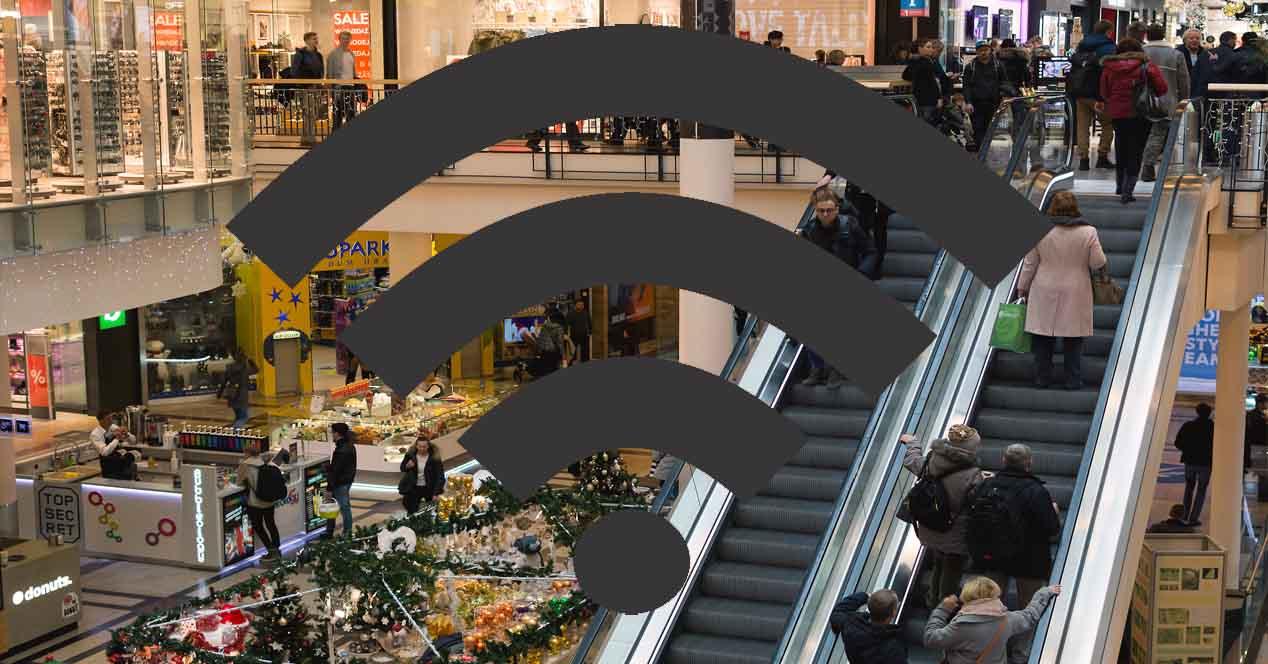We can connect to many Wi-Fi networks that are available everywhere. However, not all of them are safe, far from it. We could end up on a network that has been created just to steal data and compromise the security of those who connect. For this reason, in this article we want to give a series of tricks to detect an insecure Wi-Fi. This way you can avoid connecting and your personal information is not compromised.
How to see if a Wi-Fi is reliable
The fact of connecting to an insecure network can mean that we are being spied on. For example, they could intercept the messages we send if they are unencrypted, see what sites we visit, etc. They could even redirect us to malicious pages, created solely for the purpose of sneaking malware and stealing information.
See the type of encryption
The first thing you should look at is whether that Wi-Fi network is protected or not. Do you have a password? In case you don’t have, it means that network is open for anyone to enter. It may have been created to swindle, but it may also be that an intruder entered with malicious intent taking advantage of the fact that it is open.
But beyond whether it has a key or not, you should also look at the type of encryption. Today the most reliable are WPA-3 and WPA-2. In those cases the network will be protected. In case you have WPA or WEP encryption, which are obsolete, they could be exploited through software.
observe the name
The name of the Wi-Fi network can also give us clues as to whether it is reliable or not. It is true that an attacker can create any network with any name and even impersonate a secure Wi-Fi, but it is still worth taking a good look at what name it has. The objective is to avoid connecting to a network that could become a problem.
For example, names like “Free Internet”, “Free Wi-Fi” and the like can be used as bait. They may simply want the victim to get in, click on that network and connect so they can steal data or infect the device.
The network asks for a lot of information
When connecting to a Wi-Fi network, sometimes they could ask us for certain data. For example a form where we have to fill in things like our name, e-mail address or phone number. Without that we could not connect to the network, since they restrict it only to users who give their data.
This does not mean that it is a dangerous network, but it does mean that they request too much information. It could really be a scam, a way to cheat, to steal information. Avoid networks that may ask for a lot of data.

It runs suspiciously slow
In this case you will have to connect to be able to use this trick to detect a dangerous Wi-Fi. Of course, you should bear in mind that the fact that the network is slow does not mean that it is insecure, far from it, but sometimes it does. An example is if you are in a public place where there is a network to supply many users, that place is empty but you still see that the network is slow and you have maximum coverage.
This can happen because a hacker could have created a parallel network, pretending to be the real one, through your mobile phone connection. That is why it will go slower than normal and could give us clues that something is wrong.
Pages open strangely
One more trick is if you notice that the pages open strangely. This can happen because an intruder has been able to modify the router’s DNS and lead us to a totally different page than the one we are trying to. This way it could get to steal passwords, data or sneak some kind of malware into the system.
If you see that you try to access a website and another one actually appears, with a different domain, suspect that Wi-Fi. It is possible that it is insecure and it is best that you disconnect as soon as possible to avoid problems of any kind.
In short, as you can see, you can detect if a wireless network is dangerous. The objective is to ensure that the connection is secure, that our personal information is not compromised and to be able to navigate correctly. Checking the security of your router, to avoid intruders, is also a good idea.














